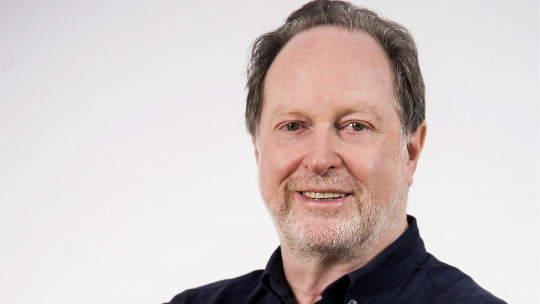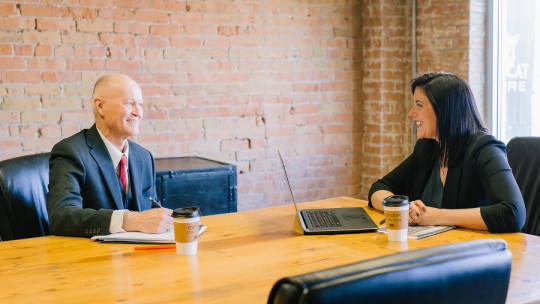
Luis Carchak, coaching expert, details three ways to do coaching and what results can be expected from each of these interventions. “Three possibilities of action that generate very different changes and results and that, in all cases, are also transformative for me.”
Carchak has accumulated more than 6,000 hours of coaching under his belt; He has the highest coaching certification, he is a Master Certified Coach by the prestigious International Coach Federation (ICF) and he carries out his activity at the European School of Coaching (EEC), where he teaches and directs the Team Coaching Program in Spain, Mexico, Argentina and Chile.
Summarizing the results that can be expected from coaching is, for the expert, an “interesting” exercise because there are surely as many opinions as there are coaches. In my case,” Luis Carchak responds, “I would differentiate between the result of individual executive coaching, that of teams, and that of what we want to achieve when we accompany the company to achieve a change in its organizational culture. “There are three different levels.”
Luis Carchak: individual coaching
Individual coaching, that which It takes place behind closed doors between a client and a coach and whose work material is the story that the client tells, has the result of “expanding awareness about who we are in relation to others, highlighting what we want for ourselves, for our community, team or company,” according to what he states. Luis Carchak.
“There are not many professions that aim to generate a deep understanding about who we are,” says the coach. “In this sense, I feel privileged, since while my client knows himself and recognizes the impact that his behaviors have on the environment, I am enriched with him as a professional and as a person.”
“The good result of individual coaching is that my client can make decisions aligned with achieving their commitments from a different observation of the world and their own capabilities,” concludes Luis Carchak, about the complex phenomenon that in the manuals and training programs of coaching It is called observer change
Luis Carchak and team coaching
If individual coaching is a story, team coaching is a theater scene. Team coaching It takes place in the middle of a meeting between the team and its manager and she is assisted, “like a fly on the wall” by a coach who observes the relationship between people live.
“When we talk about teams, for me the result comes from understanding that one plus one is not two, but three,” explains Luis Carchak. “A team is a system that is put to work assertively makes the result much greater than the sum of the parts because one plus one is not a sum but a new system that surpasses the previous one.”
To achieve this multiplication, says the expert, “it is essential that the team is built in an environment of trust, that it abandons the old paradigm of playing at being right and in which clear rules of the game are established to reach an agreement and that “They serve to enter the new paradigm of fast companies.”
The cultural change of an organization
“Talking about cultural change in an organization is a big deal,” Luis Carchak begins by saying about this coaching intervention that “involves changing the mindset of an entire group of people in a system of systems” and that, therefore, goes through the change in the person, in the team and in the system almost simultaneously.
“Overcoming the culture of more of the same is not an easy task since cultural inertia is strong and resists,” maintains Luis Carchak, for whom difficulties are overcome by understanding how changes in culture occur and “the purpose of the change, with the clear benefit for the organization.”
As recommendations to follow, it is important that the company “see the future as something designable, plan from the future to the present and, with an ambitious target of success, let go of everything that is not in line with the vision and aim for the center to win,” explains the coach.
People within the organization’s culture change
“In an organization, a new culture surpasses the previous one “, not denying it but embracing it, integrating it into a time process that must be understood and respected,” explains the expert.
If the first step is to integrate the benefit for the organization, the second is to assume that “this may or may not coincide at first glance with the personal benefit of each of the protagonists,” the coach clarifies.
Therefore, in the process of culture change “it is key to identify and give visibility to committed people, that generate trust and that can exert a positive influence on others to accelerate the process of change,” says Luis Carchak, who encourages putting fears, resistances and “the calming explanations that we sell and buy” on the table.
After years accompanying companies to change their culture, Luis Carchak encourages “training leaders in a culture open to innovation that generates rules that set the pace of new changes so, as a team, we can learn quickly from mistakes.” .








